Indigenous gap still wide on key measures
More Indigenous children are behind in their development on their first day of school and the rate at which they are being removed from their families has also increased.
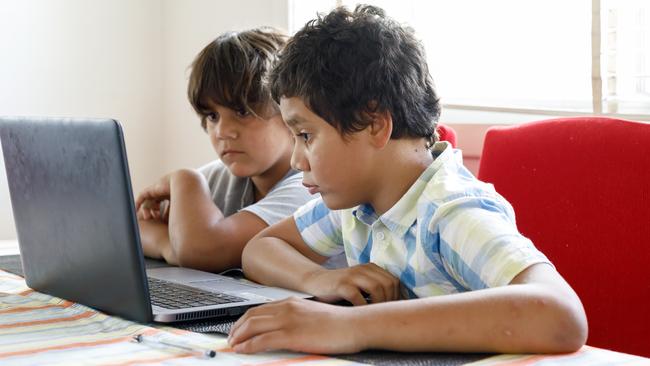
More Indigenous children are behind in their development on their first day of school than four years ago and the rate at which Aboriginal and Torres Strait Islander children are being removed from their immediate families has also increased.
A Closing the Gap report by the Productivity Commission also finds the suicide rate among Indigenous people increased in the period surveyed, as has the incarceration rate for adults.
However, 15 years since the Coalition of Australian Governments pledged to end disparity between Indigenous and non-Indigenous Australians, the report, the most comprehensive annual picture of progress in tackling Indigenous disadvantage, found progress in some key areas.
Better-than-predicted progress has been made to ensure that 95 per cent of preschool-aged Indigenous children are enrolled by 2025: last year, the figure was 96.7 per cent, up from 76.7 per cent in 2016.
The number of Indigenous babies with a healthy birthweight also increased (up from 88.8 per cent in 2017 to 89.5 per cent in 2019 and on track to reach 91 per cent by 2031).
Australia is also on track to reduce the rate at which Indigenous children are jailed by at least 30 per cent between 2019 and 2031: two years ago, the rate was 31.9 per 10,000 children and in 2021 it fell to 23.2 per 10,000.
The adult incarceration rate increased to 2222.7 per 100,000 in 2021 from 2142.9 per 100,000 in 2019 and the suicide rate increased to 27.9 per 100,000 in 2020 compared with 25 per 100,000 in 2018.
Indigenous Australians Minister Linda Burney said the report, which is incomplete in some areas because recent data was not collated or reported by the relevant government agency, provided a snapshot of modest improvements and disappointments.
“For too many years, First Nations data collection has been hard to come by and as we build these repositories, we capture the past and set the future,” she said.
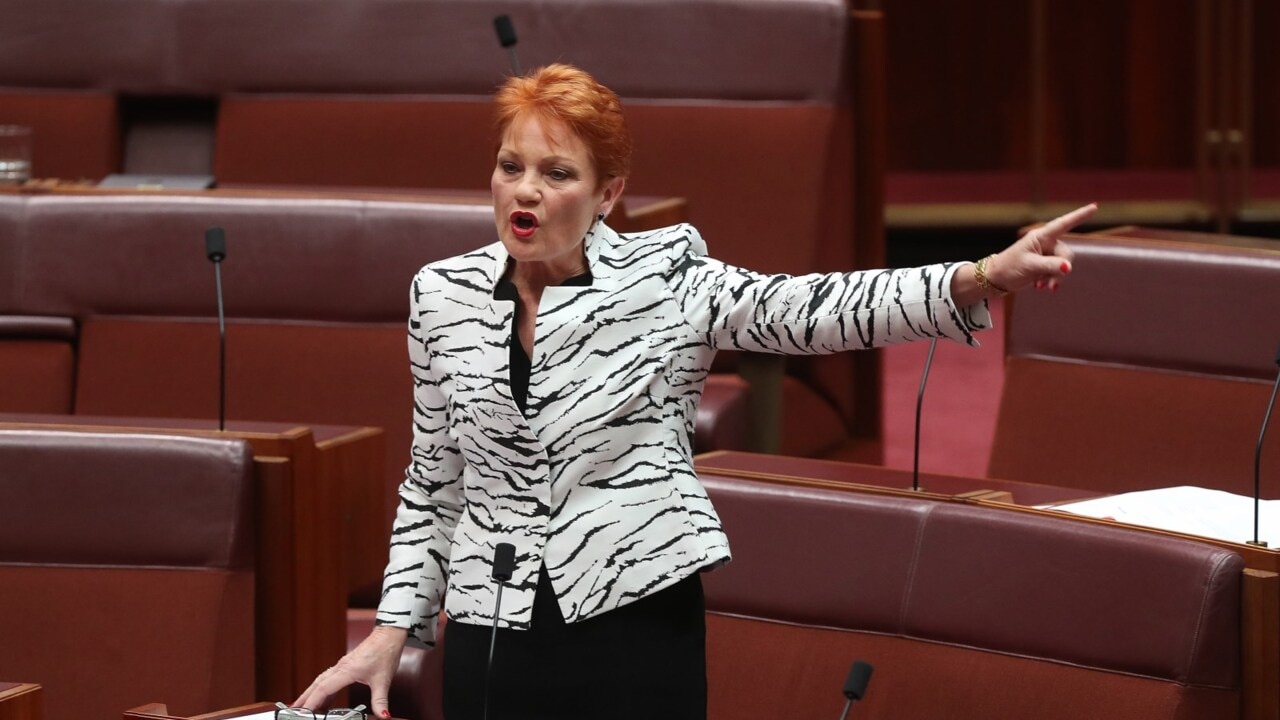
“There are some disappointing results in the latest figures – it’s clear more work needs to be done.
“The Closing the Gap architecture can only work when all parties are invested and there is a co-ordinated effort from all jurisdictions in partnership with First Nations peoples.”
The report shows that Australia-wide in 2021, almost two-thirds of Indigenous children who started school in 2021 were assessed as not “developmentally on track”. This is worsening, the report revealed.
In 2021, just 34.3 per cent of Indigenous children starting year 1 were on track developmentally, a decrease from 35.2 per cent in 2018.
The results were worst in very remote areas of Australia, where fewer than 20 per cent of Indigenous children who started school in 2021 were found to be developmentally on track. In remote areas, the figure was less than 30 per cent.
A child’s development, as measured by the Australian Early Development Census, is assessed in five ways: physical health and wellbeing; social competence; emotional maturity; language and cognitive skills; and communication skills and general knowledge.
In 2021, 56.2 per cent of non-Indigenous children starting school were assessed as developmentally on track.
The rate of Aboriginal and Torres Strait Islander children in out-of-home care was 57.6 per 1000 in 2021, an increase from 54.2 per 1000 children in 2019.
The worsening result came despite a national target to reduce the rate of Indigenous children in out-of-home care by 45 per cent between 2019 and the end of the Closing the Gap agreement in 2031.
The old Closing the Gap agreement launched by the Rudd agreement was widely considered a failure despite enormous effort and goodwill over a decade. Only two of the seven Closing the Gap targets set in 2008 were achieved.
The new agreement signed in 2020 has 17 targets and this time the states and more than 50 Aboriginal organisations are signatories with the commonwealth.
More Coverage
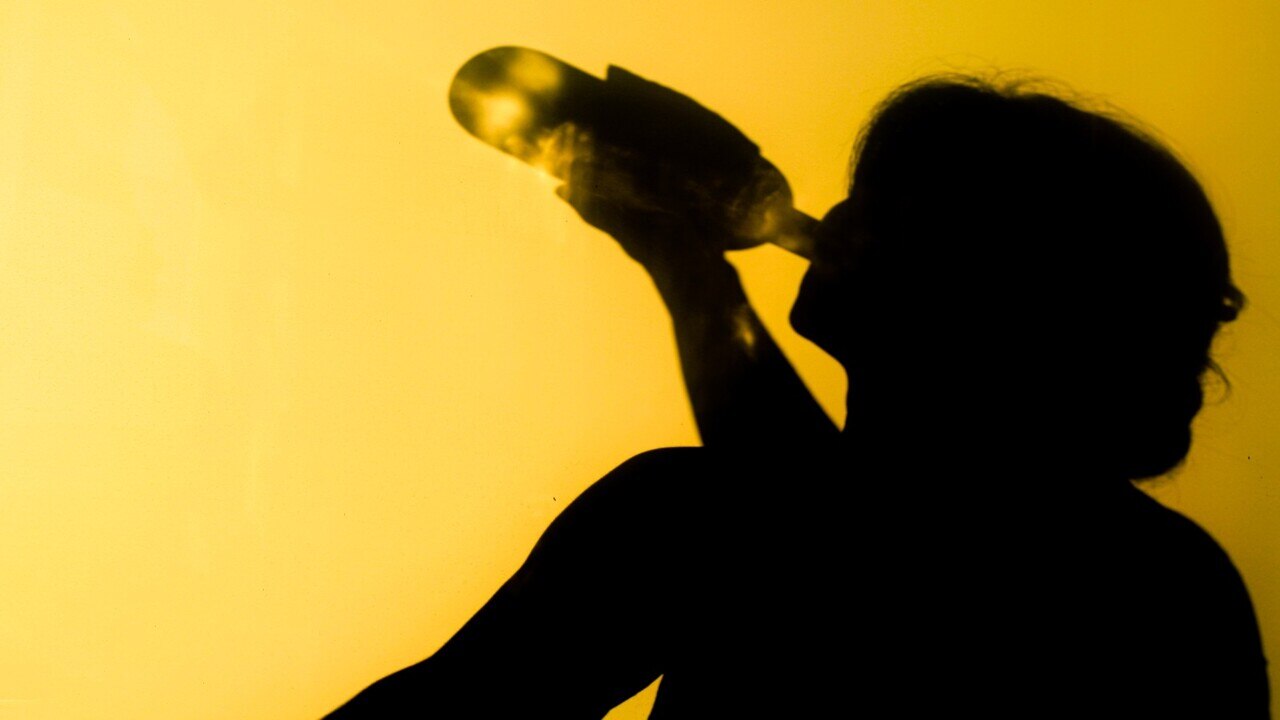



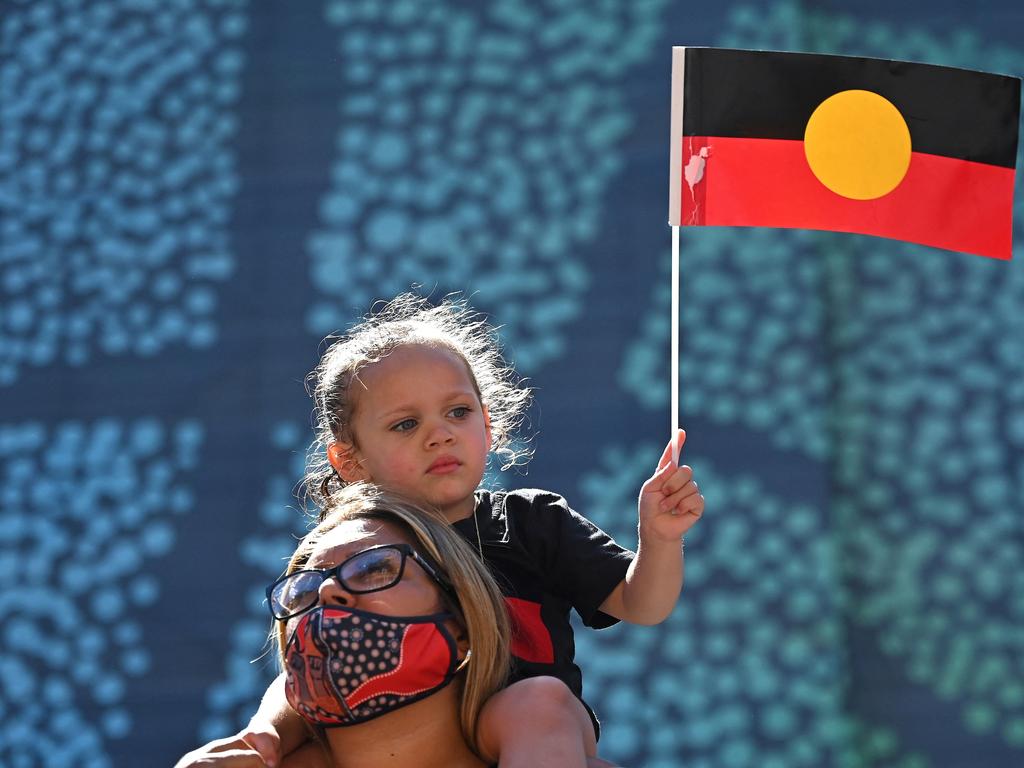
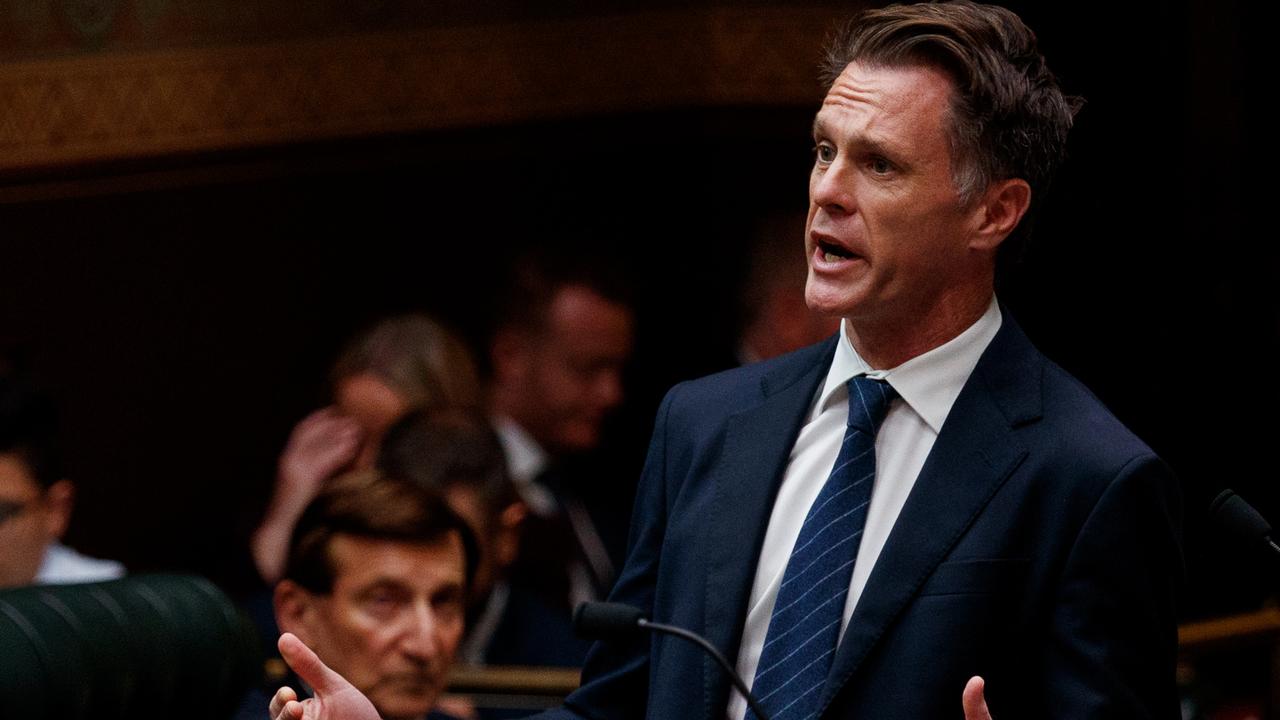

To join the conversation, please log in. Don't have an account? Register
Join the conversation, you are commenting as Logout